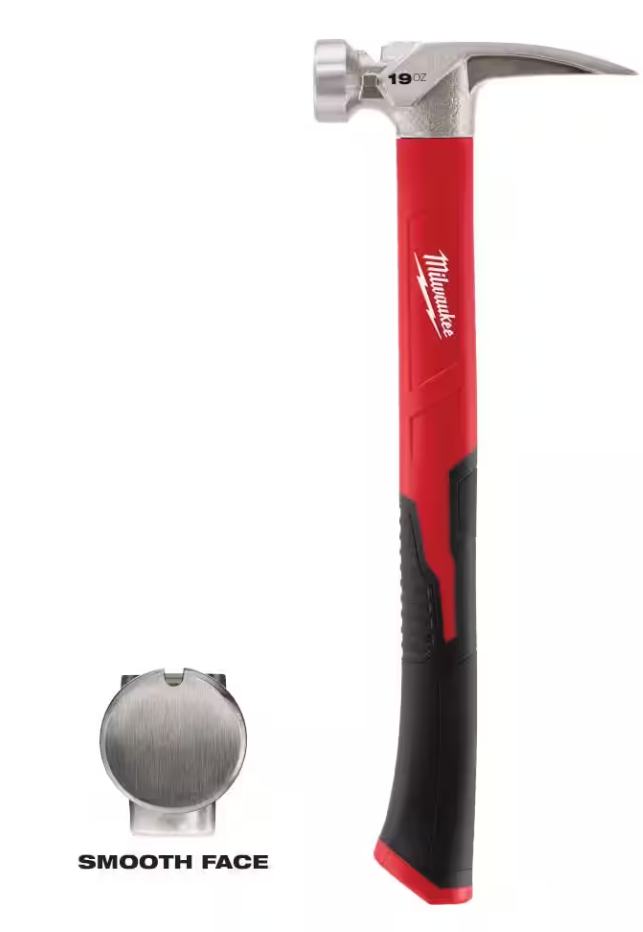
Hammers are ubiquitous tools in construction, woodworking, metalworking, and even home improvement projects. They come in various weights and designs, each tailored for specific tasks and materials. Understanding the differences between hammer weights can significantly enhance efficiency, safety, and the quality of your work. Here’s a guide to help you choose the right hammer for the job:
1. Lightweight Hammers (8-12 oz)
Lightweight hammers are ideal for delicate tasks that require finesse and control:
- Finishing Work: Smoothing surfaces, driving small nails or tacks without damaging surrounding materials.
- Precision Work: Adjusting or tapping small components into place where accuracy is crucial.
- Upholstery and Crafts: Assembling or repairing furniture, upholstery work, and other detailed crafts.
2. Medium Weight Hammers (16-20 oz)
Medium weight hammers strike a balance between control and impact force:
- General Carpentry: Driving larger nails and fasteners into wood without excessive force.
- Light Demolition: Breaking down small structures, such as dismantling drywall or small partitions.
- Sheet Metal Work: Forming and shaping sheet metal, where controlled force is necessary.
3. Heavyweight Hammers (24 oz and above)
Heavyweight hammers deliver substantial force and are suited for more demanding tasks:
- Framing: Driving large nails into tough materials like hardwoods and engineered lumber.
- Demolition: Breaking apart concrete, bricks, and other sturdy materials.
- Heavy-duty Construction: Handling tasks that require significant impact force and durability.
4. Specialized Hammers
Beyond weight, specialized hammers cater to specific needs:
- Ball Peen Hammer: Used in metalworking for shaping and striking metal objects.
- Rubber Mallet: Delivers softer blows for tasks like assembling furniture or adjusting delicate machinery.
- Sledgehammer: Extremely heavy, used for heavy demolition or driving stakes into the ground.
Choosing the Right Hammer
When selecting a hammer, consider these factors:
- Material: Hammers come in various materials (steel, fiberglass, wood) affecting durability and feel.
- Handle: Ensure a comfortable grip and ergonomic design to prevent fatigue and enhance control.
- Task Requirements: Match the hammer weight and type to the specific demands of the task to maximize efficiency and minimize damage.
Each type of hammer weight serves a distinct purpose in construction and other trades, allowing professionals and enthusiasts alike to work effectively and safely. By understanding the nuances of hammer weights and their applications, you can confidently select the right tool for your next project, ensuring optimal results and maintaining the longevity of both your tools and materials. Whether you’re framing a house, assembling furniture, or shaping metal, the right hammer can make all the difference in achieving quality craftsmanship.
Cedar Hill St. Louis Jefferson County Olivette Kirkwood Ballwin Arnold Franklin County St Charles County Fenton High Ridge Dittmer Creve Coeur
